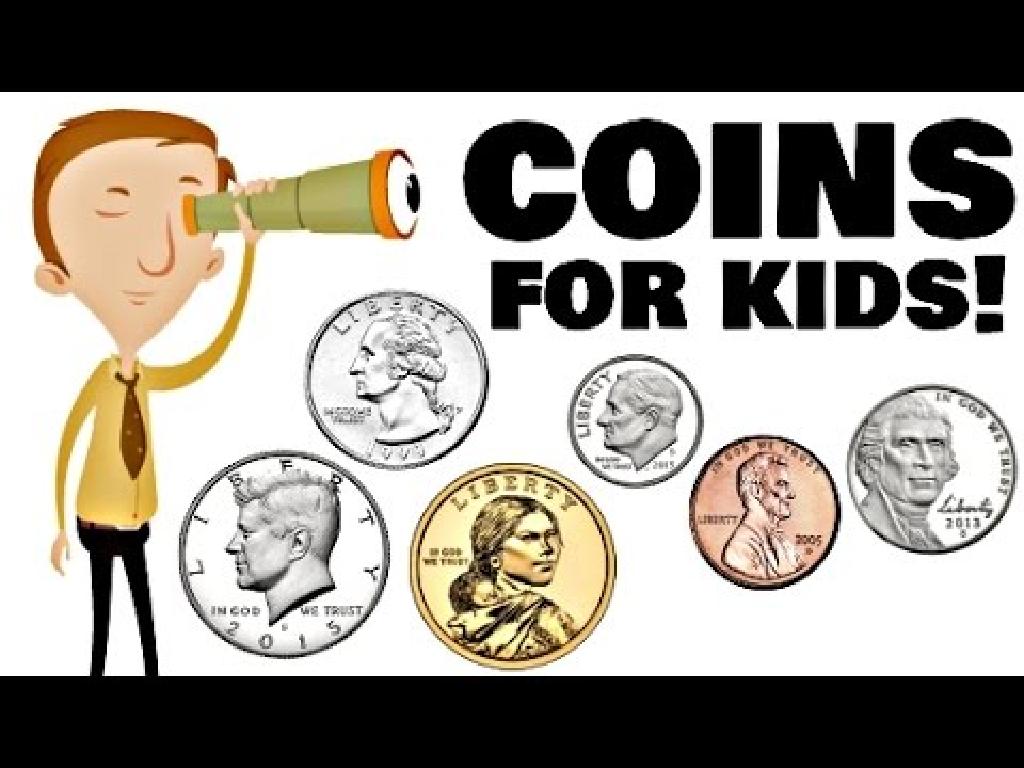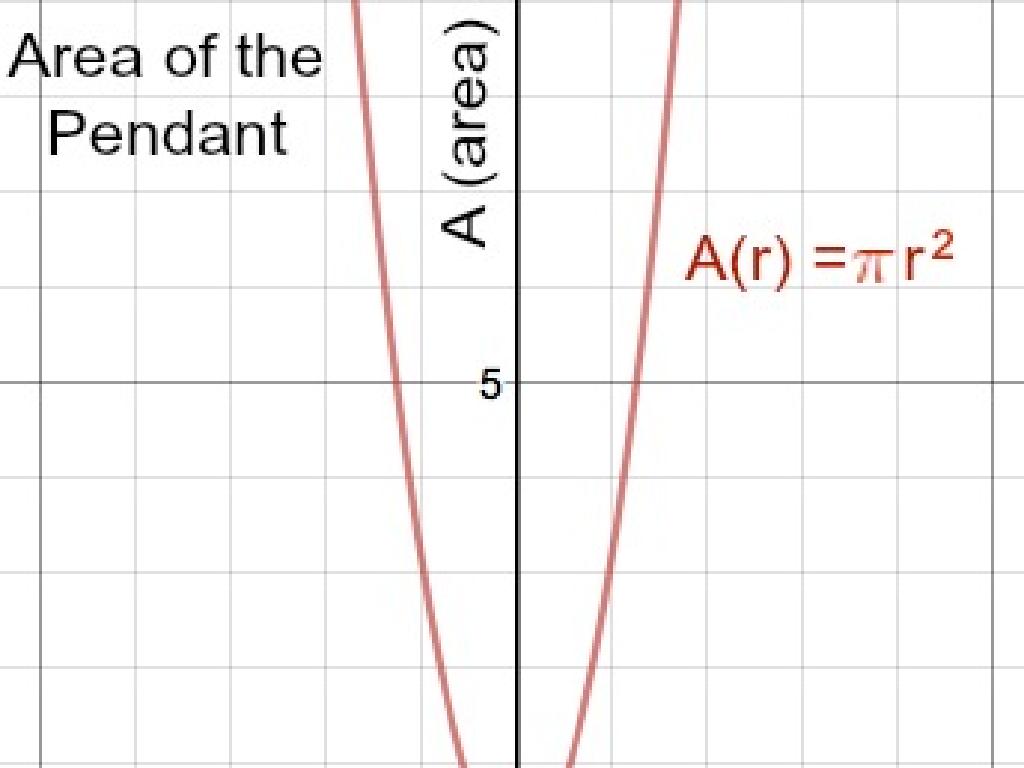Contemporary Macroeconomic Issues
Subject: Economics
Grade: High school
Topic: Macroeconomics
Please LOG IN to download the presentation. Access is available to registered users only.
View More Content
Introduction to Macroeconomics
– Grasp the macroeconomic big picture
– Macroeconomics studies national economies and global markets.
– Macroeconomics in daily life
– From job markets to prices, macroeconomics shapes everyday experiences.
– Current macroeconomic challenges
– Issues like inflation, unemployment, and fiscal policies are central today.
– Exploring solutions and policies
– Understanding these issues helps in formulating effective economic strategies.
|
This slide introduces students to the field of macroeconomics, which examines the behavior and performance of an economy as a whole. It’s crucial for students to understand that macroeconomics goes beyond just numbers and graphs; it affects their lives through job availability, price levels, and economic growth. Contemporary issues such as inflation, unemployment, and government fiscal policies are at the forefront of today’s economic challenges. By exploring these topics, students can begin to appreciate the complexity of economic systems and the importance of informed policy-making. Encourage students to think about how economic news they hear in media impacts their family and community.
Exploring Contemporary Macroeconomics
– Macroeconomics: economy at large scale
– Focuses on national/global economic trends
– Key concepts: GDP, unemployment, inflation
– GDP measures total value of goods/services, unemployment rate indicates job scarcity, inflation tracks price increases
– National income: measuring economic health
– Total earnings within a country, reflects prosperity
– Macroeconomics vs. Microeconomics
– Microeconomics studies individual markets, macro looks at the economy as a whole
|
This slide introduces students to the field of macroeconomics, which examines the behavior and performance of an economy at a national or global level. Key concepts include GDP, which represents the total economic output; unemployment, which measures the number of people looking for work; inflation, which indicates the rate at which prices for goods and services rise; and national income, which sums up the total amount of money earned within a country. It’s crucial to differentiate between macroeconomics and microeconomics the former looks at the economy as a whole, while the latter focuses on individual consumers and businesses. Use real-world examples to illustrate these concepts, such as discussing how a country’s GDP affects its citizens’ quality of life, or how inflation can impact everyday purchases.
Contemporary Issues: Unemployment
– Types of Unemployment
– Cyclical: economy-driven, Frictional: job transition, Structural: industry changes
– Unemployment’s Economic Impact
– Affects GDP, consumer spending, and overall economic health
– Government Policies
– Policies include job creation, training programs, and unemployment benefits
– Reducing Unemployment
|
This slide addresses the critical issue of unemployment within the field of contemporary macroeconomics. It’s essential to discuss the three main types of unemployment: cyclical, which is related to the economic cycle; frictional, which occurs when people are between jobs; and structural, which is due to changes in industries or the economy. Highlight the significant impact unemployment has on the economy, including reduced GDP and consumer spending. Discuss various government policies aimed at reducing unemployment, such as stimulating job creation, providing training and education programs to the workforce, and offering unemployment benefits to support those out of work. Encourage students to think critically about the effectiveness of these policies and to consider other potential solutions.
Contemporary Issues: Inflation
– Understanding Inflation & Deflation
– Inflation is the rate at which prices rise, deflation is the opposite.
– Causes of Inflation: Demand-Pull & Cost-Push
– Demand-pull occurs when demand exceeds supply. Cost-push happens when production costs increase.
– Measuring Inflation: CPI & PPI
– CPI measures consumer price changes, PPI tracks wholesale price changes.
– Impact of Inflation on Economy
– Inflation affects purchasing power, interest rates, and economic growth.
|
This slide introduces students to the concept of inflation, a critical topic in contemporary macroeconomics. Inflation refers to the general increase in prices and fall in the purchasing value of money, while deflation is the decrease in the general price level of goods and services. The causes of inflation are multifaceted, with demand-pull inflation arising when demand for goods and services exceeds their supply, and cost-push inflation occurring when there’s an increase in the cost of wages and raw materials. The Consumer Price Index (CPI) and Producer Price Index (PPI) are two primary measures of inflation, reflecting changes in the price level from the perspective of consumers and producers, respectively. Understanding inflation’s impact on the economy is crucial, as it influences everything from individual purchasing power to national policy decisions. Encourage students to think about how inflation might affect their daily lives and the importance of economic policies in stabilizing prices.
Contemporary Issues: Economic Growth
– Factors determining growth
– GDP, capital, labor, productivity
– Technology’s impact on economy
– Innovation drives market efficiency
– Challenges to sustained growth
– Aging populations, resource depletion
– Strategies for long-term growth
– Policy reforms, education, investment
|
This slide delves into the contemporary issues affecting economic growth. Students should understand that economic growth is influenced by various factors including gross domestic product (GDP), capital, labor, and overall productivity. Technology and innovation are pivotal in driving economic efficiency and competitiveness. However, sustaining long-term growth faces challenges such as aging populations and resource depletion. To overcome these, strategies like policy reforms, investment in education, and infrastructure development are essential. Encourage students to think critically about how these factors interplay in the current economic climate and to discuss potential solutions to these challenges.
Contemporary Issues: Fiscal Policy
– Government’s role in economy
– Explore how government spending and taxation affect economic activity.
– Budget balance: deficits and surpluses
– Understand the implications of not balancing the budget.
– Fiscal policy’s economic impact
– Analyze how changes in fiscal policy can lead to economic growth or contraction.
– Case study: Fiscal policy in action
– Examine a real-world example of fiscal policy’s effects.
|
This slide introduces students to the concept of fiscal policy and its significance in contemporary macroeconomics. Fiscal policy involves government decisions on taxation and spending that influence the economy. Students should learn how government spending can stimulate or slow down economic activity and how taxation can affect consumers and businesses. The concept of budget deficits (when spending exceeds revenue) and surpluses (when revenue exceeds spending) is crucial, as it impacts national debt and economic stability. The slide will also touch on the broader effects of fiscal policy, such as its impact on inflation, unemployment, and overall economic growth. A case study, such as the fiscal stimulus during a recession, can provide a concrete example of these concepts in action. The notes section should provide detailed explanations to guide the teacher through the discussion of these topics.
Contemporary Issues: Monetary Policy
– Central Banks’ role in the economy
– Central Banks manage currency, control inflation, and oversee financial stability.
– Interest rates and money supply
– Interest rates influence borrowing/lending; money supply affects economic growth.
– Tools used in Monetary Policy
– Tools include open market operations, reserve requirements, and discount rate.
– Impact of Monetary Policy
– Policy changes can lead to economic growth, control inflation, or manage unemployment.
|
This slide introduces students to the concept of monetary policy and its significance in macroeconomics. The role of Central Banks is crucial as they are responsible for managing a country’s currency, controlling inflation, and ensuring financial stability. Interest rates and the money supply are key levers in influencing economic activity; lower interest rates encourage borrowing and spending, while the money supply can stimulate or cool down economic growth. Monetary policy tools such as open market operations, reserve requirements, and the discount rate allow Central Banks to navigate the economy. The impact of these policies can be widespread, affecting everything from GDP growth rates to inflation and unemployment levels. Encourage students to consider current events where monetary policy plays a role and to discuss the potential effects of changes in policy.
Contemporary Macroeconomic Issues: Global Challenges
– Impact of Trade Wars
– Trade wars can lead to tariffs, affecting global prices and economies.
– Globalization’s Mixed Effects
– Globalization leads to economic growth but can also cause job displacement.
– Economic Organizations’ Influence
– Organizations like the IMF and World Bank shape economic policies and stability.
– Protectionism’s Role in Trade
– Protectionism aims to shield domestic industries but may hinder global trade.
|
This slide addresses the complex issues affecting the global economy. Trade wars, often marked by tariffs and retaliatory measures, can disrupt international supply chains and lead to increased consumer prices. Globalization has been a force for economic expansion and efficiency but has also been criticized for exacerbating income inequality and job loss in certain sectors. International economic organizations play a pivotal role in managing economic crises and providing development assistance but face scrutiny over their influence on national policies. Protectionism, while intended to protect local jobs and industries, can lead to trade disputes and reduced economic growth. Encourage students to consider these issues critically and to discuss the balance between national interests and global economic cooperation.
Class Activity: Macroeconomic Issue Analysis
– Divide into groups for simulation
– Choose a contemporary macroeconomic issue
– Issues like unemployment, inflation, or trade deficits
– Analyze the issue and propose solutions
– Consider causes, effects, and policy responses
– Present findings to the class
|
This class activity is designed to engage students in practical macroeconomic problem-solving. By working in groups, students will simulate the role of economic analysts. They should select a current macroeconomic issue such as unemployment, inflation, or trade deficits. Each group will research their chosen issue, considering its causes, effects on the economy, and possible policy responses. They will then develop and propose solutions. The activity culminates with each group presenting their findings and proposed solutions to the class, fostering a collaborative learning environment and critical thinking about real-world economic challenges.






